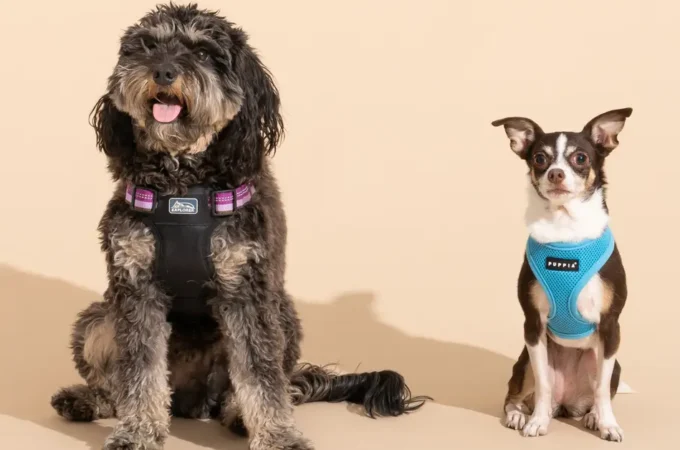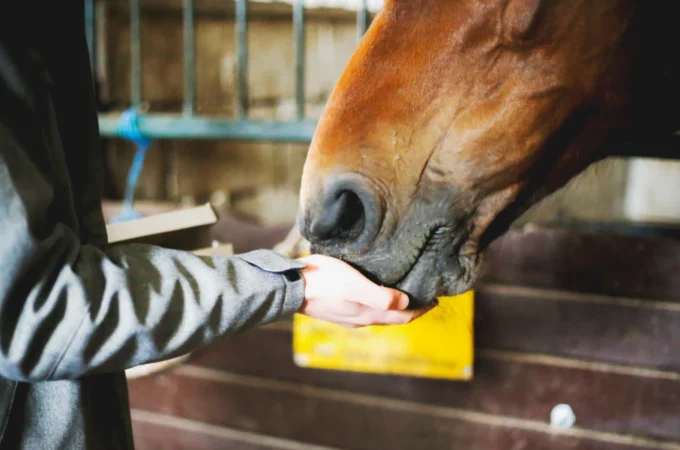
Seven Travel Tips for Every Pet Owner
Going on a vacation can be very exhilarating. You get to see new places, go on thrilling adventures, and create moments that you will remember forever. Going on trips to scenic spots like Pigeon Forge can give you a chance to unwind and relax away from the hustles and bustles of the city. Nestled between the serene Great Smokey Mountains, Pigeon Forge sees upwards of 11 million visitors every year. And you can have the ultimate vacation experience when your pet is accompanying you!
However, taking a pet with you on your trip is a huge responsibility, and being unprepared can cause a great deal of discomfort to both you and your companion. But don’t worry; here are some useful tips on getting travel ready so you and your furry friend can enjoy it to the fullest.
Book Pet-Friendly Accommodation
Choosing the right accommodation can make or break your travel experience. It is imperative that you book a pet-friendly accommodation that not only allows pets but also provides them with the amenities and services to keep them comfortable.
If you are traveling to Pigeon Forge, you will be glad to know that:
- It’s a great destination for travelers with pets.
- This mountain town has many accommodation options catering to tourists with pets.
- You can browse the available accommodation options like Pigeon Forge pet friendly cabins or hotels that offer an environment conducive to their needs.
When booking, clarify pet fees or specific rules and check if they offer amenities like pet play zones. Ensuring such details promises a hassle-free stay for you and your furry friend.
Navigating Transit Points with Pets
Transit points like airports, train stations, or rest stops can pose challenges when traveling with pets. It’s essential to understand and adhere to the rules implemented by the transit points. For instance:
- Some airports have designated pet relief areas, while others may have specific policies regarding leash requirements.
- Keeping your pet leashed and in control is always a good practice. While pets, in general, are known to be more anxious about new environments, having a leash can be extremely helpful.
Planning pit stops is also crucial if you’re traveling by road. Regular breaks allow your pet to relieve themselves, stretch, and relax. Additionally, always be mindful of other travelers. Not everyone might be comfortable around animals, so ensure your pet doesn’t cause any inconvenience to others.
Pack Essentials for Your Pet
It is also important to carry a bag with essentials for your pet. It should include:
- Water
- A small bowl
- Toy or treat
Essentials like these can keep them engaged. But packing for pets goes beyond food and toys. You need to think of their daily routine as well. For instance:
- Do they have a favorite blanket?
- Any specific dietary needs?
Ensure you have kept these questions in mind when packing for your pet to ensure their comfort throughout the trip. Furthermore, it is always a good idea to pack a first-aid kit with necessary medications for their well-being.
Understanding Local Flora and Fauna
When traveling to new destinations, you gain new experiences and introduce your pet to new environments. Research the local flora and fauna beforehand. Some plants can be toxic if consumed. Moreover, local animals might carry diseases or be hostile. Therefore:
- Consider preventive treatments if traveling to areas with ticks or other parasites.
- Always keep an eye on your pet during outdoor excursions, ensuring they don’t ingest anything harmful.
- Familiarizing yourself with the local environment ensures your pet stays safe and enjoys the trip as much as you do.

Prepping for Unforeseen Situations
Every pet owner knows the deep bond they share with their furry companion. Our pets aren’t just animals; they’re integral members of our families. And hence, their safety and well-being should be our top priority. Here are some fundamental steps that you can take:
- Update all identification tags on your pet. These small metal tags, typically attached to a pet’s collar, provide immediate, visible information to anyone who might come across your lost animal.
- The tag should have the pet’s name and at least one phone number, preferably a mobile number, so you can be contacted in case your pet goes missing, no matter where you are.
However, collars can break, and tags can get lost. That’s where microchips come into play:
- A microchip is a tiny device implanted under your pet’s skin.
- This chip stores essential information, including the owner’s contact details.
- If a lost pet is found and taken to a vet or shelter, a special scanner can read the chip, quickly identifying the pet and reuniting it with its owner.
So make sure you invest in tags or microchips before you go on a trip with your pet.
Adjusting to New Time Zone
If your journey involves crossing different time zones, it can be a bit disorienting for your pet. Animals, like humans, have their internal clocks. For pets, this affects their:
- Feeding
- Playtime
- Bathroom schedules
Start by gradually adjusting your pet’s routine a few days before departure. If you’re moving ahead in time, try feeding and walking them an hour earlier each day. Conversely, delay their routine if you’re moving back in time.
Once at your destination, ensure you maintain this new schedule and monitor your pet for any signs of discomfort. In some cases, pets might experience jet lag. Stay patient and consult a vet if required.
Tuning into Your Pet’s Comfort
Understanding how your pet reacts to different situations can be a significant part of your preparation. Some pets might love new adventures, while others might be more apprehensive. To prepare them:
- Start with short local trips to gauge their response.
- Make the necessary arrangements for your longer trips.
If your pet is a nervous traveler, you might want to consider comfort items or mild sedatives after consulting with a veterinarian. Remember, the key is to ensure they feel secure and safe throughout the journey.
Conclusion
Traveling with your pet will enrich your experiences, adding joy and companionship to your adventures. Ensuring their comfort, safety, and well-being is crucial for a memorable journey. With the right preparation, attention to detail, and post-trip care, every excursion can become a cherished memory for you and your furry friend. So travel confidently, knowing that with careful planning, you can make the trip all the more comfortable for you and your companion.




